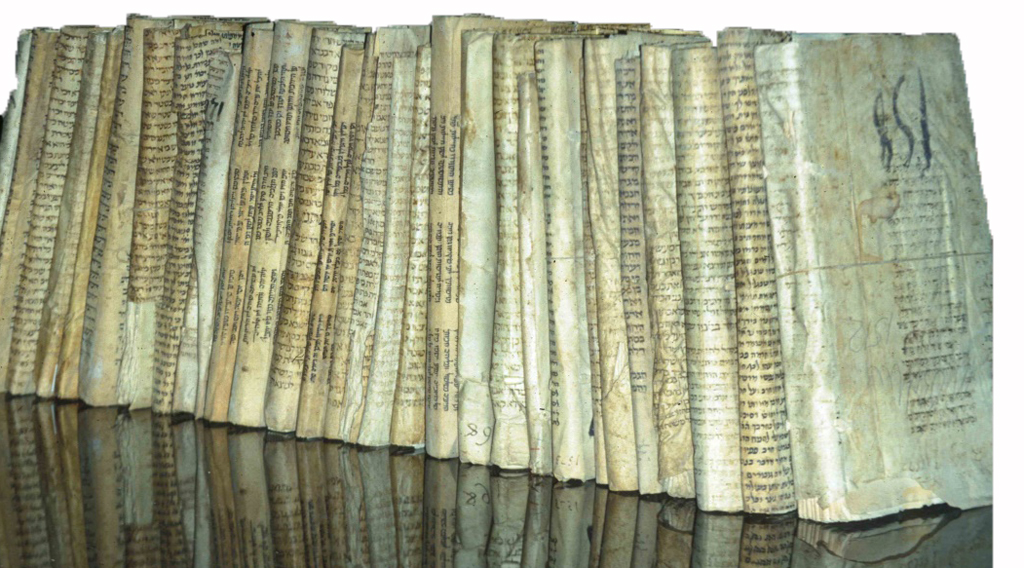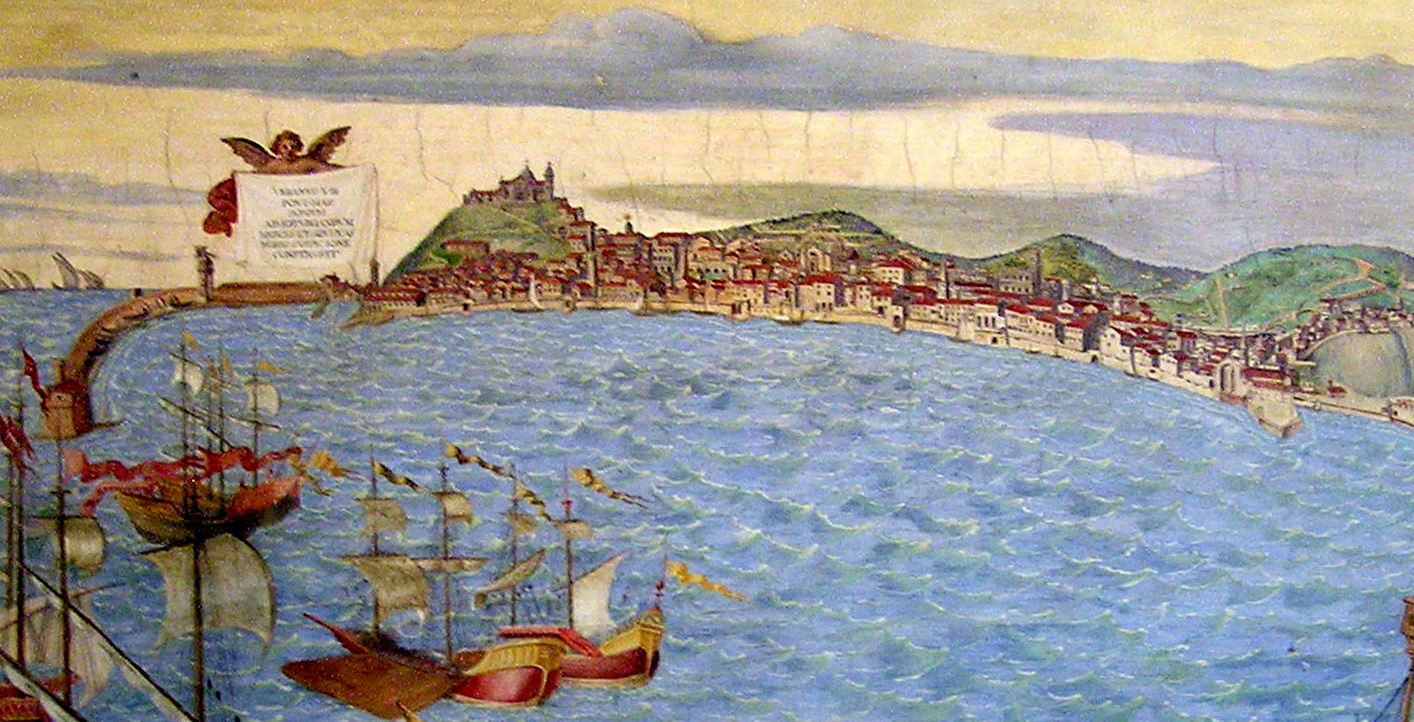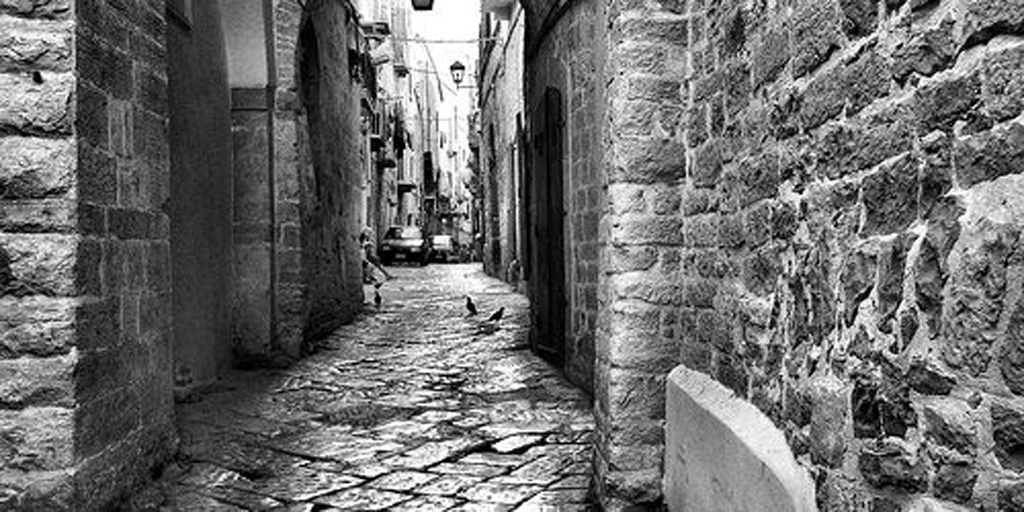The Italian Genizah
Mauro Perani, University of Bologna (courtesy Morasha)
English version by Simcha Shtull, Jewish Heritage Online Magazine
Professor of Jewish History Muro Perani from the University of Bologna shares the recent discovery in Italy of thousands of parchment folia and bifolia dismembered from Hebrew manuscripts that were reused as bookbindings in the 16th and 17th century. These manuscripts came from Italy as well as from Ashkenazi and Sephardi lands. The discovery of these fragments has aroused growing interest and many questions.
After the discovery of the Cairo Genizah at the end of the 19th century, scholars hoped to discover a similar European Genizah. Given, however, the humid European climate and the widespread Jewish custom of burying old manuscripts in the moist earth of cemeteries, this hope seemed utopian; most of the thousands of Hebrew manuscripts belonging to the Jews who had settled in European countries had decomposed over the years.
By a twist of fate, the scholars’ dream of discovering a European Genizah came true in the last two decades. This was thanks to the re-employment of parchment Hebrew manuscripts and to the Inquisitorial confiscations of Hebrew books carried out in the Counter Reformation period. It appears that the phenomenon of reusing manuscript materials was well known during the entire period of the Middle Ages. A material such as parchment was commonly re-employed for re-writing (after washing the ink of the pre-existing text) or for more humble purposes such as book binding, particularly in the 16th and 17th centuries. Thousands of Italian, Greek and liturgical manuscripts underwent this treatment, and Hebrew manuscripts were not exempt.
The 1970s discovery that thousands of medieval Hebrew manuscripts had made their way into the bindings of volumes in Italian Archives and Libraries was of great interest to Italian and Israeli scholars and scientists. In July 1981 the late Professor Joseph Sermoneta zikrono li-vrakah, promoted in Italy a “project for the research, cataloguing, restoration and photographing of medieval Hebrew manuscript fragments found in the bindings of volumes in Italian Archives and Libraries.”
And so we set out, in the early 1980s, to systematically examine a large part of the State Archives, of library collections and other private and ecclesiastical archives, discovering thousands of findings, far beyond our most optimistic expectations. Apparently, while this phenomenon had been present in other European countries, it was more widespread in Italy, as many Jews had immigrated here from other European regions as a result of persecution or expulsion in the 14th and 15th centuries, carrying their manuscripts with them.
Some 1,700 Jewish parchment fragments have been found to date in all the other European countries: about 700 in Germany, 500 in Austria, 170 in Hungary and about 150 in Spain. In Italy at the present state of research – which is far from conclusive – over 8,000 fragments have been discovered. Of this large number 4,800 have been found by this writer in Emilia Romagna alone; others have been found in Lombardy, Latium, the Marches, Tuscany, Sicily, Umbria, Venice, Piedmont, Abruzzi e Molise and Campania.The phenomenon seems to be most common the central and northern ones.
It is important to point out that when we refer now to “fragments from the Italian Genizah, we are speaking almost always, of whole folios or bifolios; in only a small number of cases are they smaller fragments or strips of cutted pages. Moreover, as all of these “fragments” are from parchment folia – paper manuscripts not suitable to be re-employed as covers, they were used to make cardboard book bindings. Where did the bookbinders find so many Hebrew manuscripts to re-employ in this way? If we analyze the period in which the phenomenon of re-employment is most wide-spread, that is the 16th and 17th centuries, we realize it is linked to the spread of printing. Indeed, print determined the slump in the price of manuscripts, which quickly became obsolete. Manuscripts were often difficult to read and required much time and money to produce; on the other hand, the clear and finely printed à la mode editions were more economical and more easily accessible. On the basis of the chronological connection between the confiscation of Hebrew books made by the ecclesiastical authorities and the time of their re-employment, there is a tendency to assume the Inquisitorial origin of part of the Hebrew manuscripts dismembered; the books, confiscated by the Inquisition’s authorities, were then bought by bookbinders at a low price instead of being burnt.
Contrary to what was commonly assumed, the single archivists or local notaries did not themselves dismember the manuscripts to bind their own registers with the parchment folia obtained. From the research it is clear that the registers were packaged and bound in bookbinder’s establishments in the main towns. They were later sold by the cartularii to the notaries and to various institutions in the region. This is proved by the fact that sheets belonging to the same manuscript have been found in places quite distant from each other but in the same region.
The first step is to inventory all the registers or volumes bound with leaves of parchment Hebrew manuscripts. This work is actually very difficult considering that some of the major archives contain more than 20 or 30 km. of shelves. The second phase is the photocopying or microfilming, if possible, all the folia, which are then sent to the Institute of Microfilmed Hebrew Manuscripts at The Jewish National and University Library where they become part of the collection.
The third phase is the identification of texts, cataloguing and dating the fragments, reassembling the fragments belonging to the same manuscript, and cataloguing them. Various data are also entered on cards: measurements, type of parchment, color of the ink, ruling and pricking techniques, type of script and the Italian or Latin titles (written by Italian archivists or notaries), and date of the records contained in the register bound by the manuscript.
In some cases the manuscripts were detached from the registers and restored long ago or more recently. The detachment enables the fragment to be examined more closely, best if the text is preserved in both the inner and the outer side of the cover. After cataloguing the small collections, more comprehensive catalogues embracing all the archives in the same town or area will be published. In these, all the fragments belonging to the same manuscript can be put together. The final aim of this project is the publication of a single complete catalogue of all these disiecta membra found in Italy, which would enrich the precious treasury of medieval Hebrew manuscripts kept in libraries throughout the world.
I wish to refer to the data of the Nonantola collection, one of the biggest which has been catalogued and which can constitute a valuable example in general. About 33% of the fragments belong to biblical manuscripts, 28% to Halakic literature represented by the traditional Sifre Mitzwot; 15% containing biblical commentaries, 8% Mishnah, Talmud, and other talmudic compendia, while 7% represent philosophy and Qabbalah; 4% contain dictionaries or lexicographical works, 3% scientific texts about medicine, astronomy and geometry and, finally, 2% liturgical texts. A characteristic of the Italian Genizah is the heterogeneity of the origin of the fragments. While, in fact, the fragments found in Austria and Germany are exclusively Ashkenazic and those of the Iberian peninsula are Sefardic, those found in Italy are partially of Italian origin (over one third), partially Ashkenazic (about one third) and also Sefardic (less than one third). As already pointed out, this fact reflects the waves of Hebrew immigration to Italy from other European regions.
But let us now examine the most important findings. Over 350 sheets of the Babylonian Talmud, as well as some fragments of Talmud Yerushalmi, of the Mishnah and of the Tosefta, were discovered in book bindings. Other fragments have a certain importance because they preserve unpublished pieces of the Rashi talmudic and biblical commentaries and also a Greek gloss.
In the State Archives in Pesaro the only recomposition of about a whole manuscript (all 82 sheets) has been found: it is a French Mahzor (festival prayerbook) in Ashkenazic writing dating back to the 12th century. The manuscript, copied from a text written probably by a disciple of Yosef ben Yehiel from Paris, explains the liturgical tradition used by the Jews of northeastern France.
This is a rare document because the French Jews, expelled from France in 1396, then adopted the liturgical traditions of the countries where they went to live. The Pesaro Mahazor contains also piyyutim, some of which are unknown, by French authors, among which one by Rabbenu Tam kept in very few other manuscripts. The publication of this Mahzor[1] will provide new information of great interest to the study of Jewish liturgy, its development in Europe during the Middle Ages and the hymnographic knowledge of that period.






